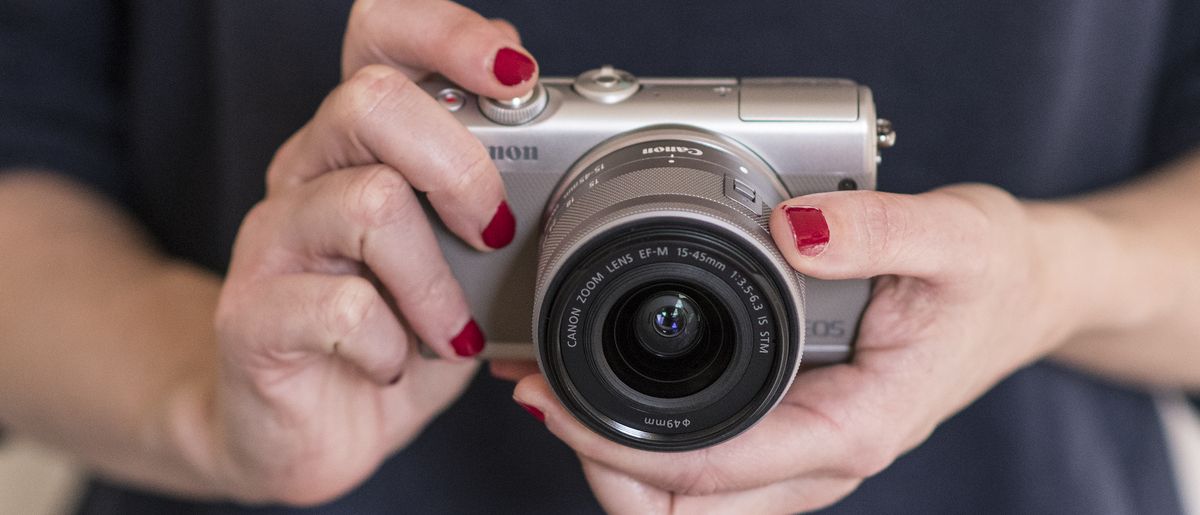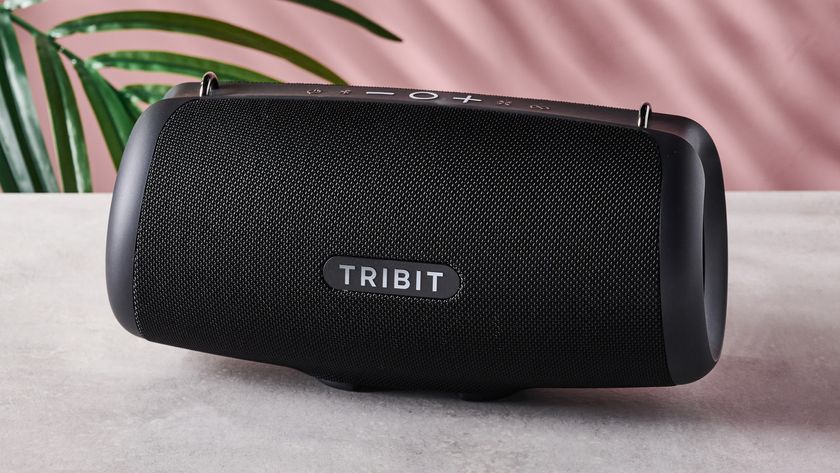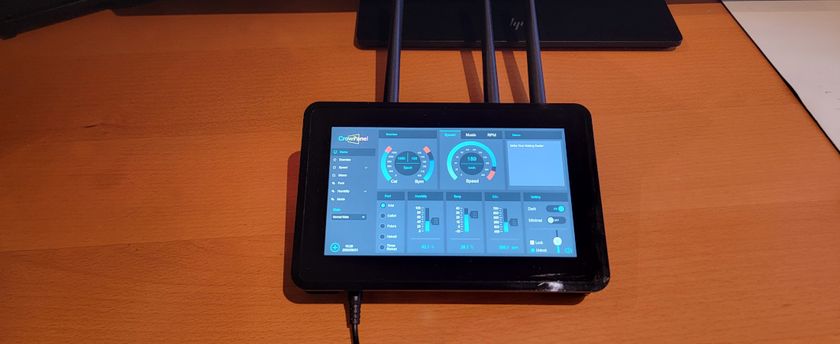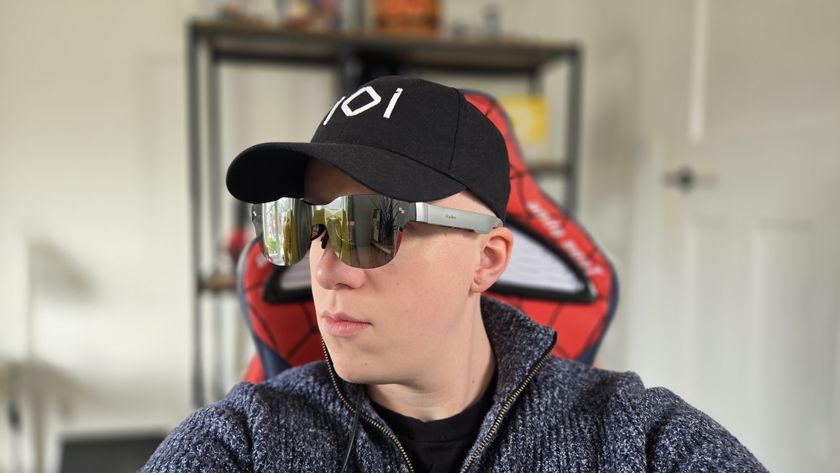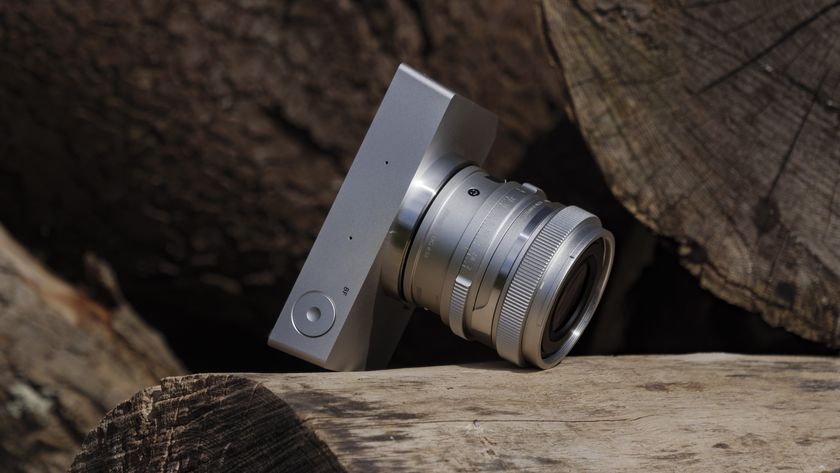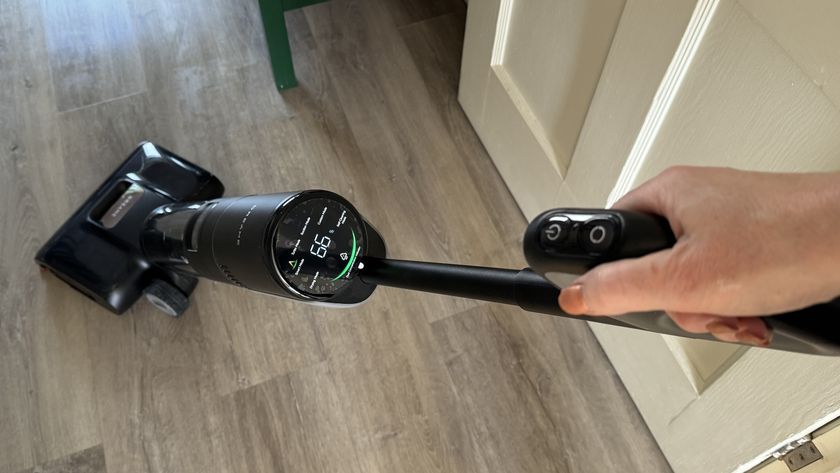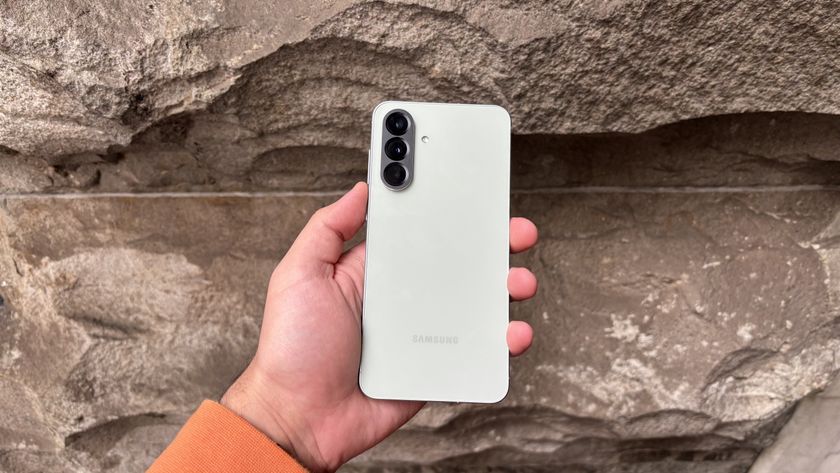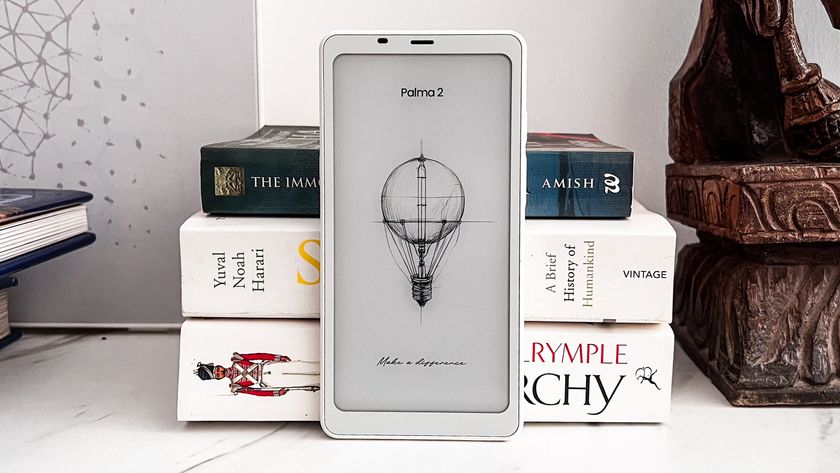TechRadar Verdict
The EOS M100 has been designed to be simple and unintimidating for novices and smartphone photographers, and it succeeds at that really well – but if you're looking for a camera that can grow with your technical skills you could soon find it frustrating.
Pros
- +
Very good image quality
- +
Super-simple for novices
- +
Fast and responsive autofocus
- +
Compact retracting kit lens
Cons
- -
No viewfinder
- -
Everyday adjustments fiddly
- -
Full HD not 4K video
- -
Not especially easy to grip
Why you can trust TechRadar
The Essential Review
This is TechRadar's review summary that gives you all the key information you need if you're looking for quick buying advice in 30 seconds – our usual full, in-depth review follows.
The Canon EOS M100 is the entry-level model in Canon's EOS M mirrorless range of cameras. It's designed for smartphone upgraders or 'storytellers', with ultra-simple exterior controls and a smartphone-style touchscreen interface with a 180-degree flip-up selfie pivot.
It's designed for simple sharing of images on social networks, with built-in Wi-Fi and NFC and an always-on Bluetooth LE connection for automatic image transfer from your camera to your smartphone. If you think Instagram rather than Lightroom, you won't be far wrong.
Inside, though, the EOS M100 has Canon's latest 24MP APS-C Dual Pixel CMOS sensor, the same technology that features in many of Canon's DSLRs and mirrorless models much further up the product range. It delivers fast autofocus and great picture quality.
If there's a problem with the EOS M100 it's that in super-simplifying the outside, Canon has pushed all the technical stuff inside, where it can only be accessed by tapping on the interactive touchscreen interface. This makes common adjustments like exposure compensation, white balance, exposure mode and a whole lot more just a little tricker to apply.
The other issue is that there's no viewfinder. It's not the only budget mirrorless camera not to have a viewfinder, but we'd always recommend paying a little more for a camera that has one.
Who's it for and should I buy it?
The Canon EOS M100 is aimed squarely at users who've never used a 'proper' camera – at least one with a large sensor and interchangeable lenses – and want the whole picture-taking experience to be no more difficult than using a smartphone.
And if that's all you want, it's fine. It's a little pricey right now compared to some rivals, but it's fine.
However, this emphasis on simplification could soon start to grate if you're looking for a camera that can also help you to learn some of the more technical aspects of photography. It's a great camera for novices who are happy just to develop their 'eye' rather than their technical skills, but as a learning tool that can grow with you, it's not so good, and you might soon find yourself shopping around for an upgrade.




Canon EOS M100 price
- Current price: £329 / $399 / AU$869 with 15-45mm lens
Designed for smartphone upgraders
- APS-C CMOS Sensor, 24.2MP
- Full HD movies, not 4K
- 15-45mm retracting kit lens
Sensor: APS-C CMOS, 24.2MP
Kit lens: 15-45mm f/3.5-6.3
Screen: 3-inch tilting touchscreen, 1,040k dots
Viewfinder: No
Continuous shooting: 6.1fps
Movies: 1080p
Battery life: 295 shots
User level: Beginner/intermediate
Canon isn't targeting experts with the EOS M100. The controls have been kept deliberately simple so that photographers whose only other camera has been their smartphone won't feel too daunted. At the same time, Canon has incorporated its latest 24MP Dual CMOS AF sensor, as found in its top APS-C DSLRs; the only way to get a better sensor than this in the Canon range is to step all the way up to a full-frame DSLR.
24 megapixels is about as good as it gets for cameras of this size, and the Dual Pixel system on the sensor gives the Canon the same phase-detection autofocus as DSLRs. Compared to older, simpler mirrorless cameras the M100 should focus faster and more smoothly, both for stills photography and when you're shooting video.
Interestingly, the M100 doesn't shoot 4K video but sticks to 1920 x 1080 Full HD. Canon told us it wanted to concentrate on movie quality and overall sharpness, using a combination of the optical image stabilizer in compatible lenses and the 3-axis Digital IS system in the camera.
We tested the EOS M100 with Canon's EF-M 15-45mm f/3.5-6.5 retracting kit lens, which is the one most likely to be supplied with the camera. This has optical image stabilization built in, and Canon's latest stepping motor STM autofocus for faster, smoother and quieter operation.
Other EOS-M lenses are available, but there's not such a wide range for Canon's EOS M mirrorless models as for its DSLRs, although Canon does offer an adaptor for mounting its DSLR lenses.
You need to push a button and twist the lens to extend it for shooting, but it does retract to a more compact shape than a regular zoom lens for carrying around.
This is Canon's new entry-level EOS M camera, which means it's cheaper than others in the range but also pretty basic. In particular, there's no electronic viewfinder, so you can only use the tilting rear screen for composing your pictures.
It's small and simple all right, but it can be fiddly too
- Novice-friendly design
- Tilting touchscreen display
- Solid AF performance
Novices will find the Canon EOS M100 a lot less visually intimidating than a regular mirrorless camera or DSLR. One of the main differences is that there's no big mode dial for PASM modes (Program AE, Aperture-priority, Shutter-priority, Manual), scene modes or effects modes. Instead there's just a three-position lever that switches between full auto mode, auto/manual mode and movie mode. It's a lot like using one of Canon's simpler PowerShot compacts.
This is both good and bad. It means that if you're new to cameras there's nothing here to scare you off and you can simply start shooting. On the other hand, if you then build up some confidence and want to start making adjustments to shutter speed, lens aperture, white balance, ISO and other everyday controls, you need to rely exclusively on the interactive touchscreen display and the camera menus.
The interactive display does work very well, and little pop-up tooltips tell you the meaning of many of the things you tap on. There are some easy to use semi-automatic modes for common subjects like landscapes and portraits, and special effects like HDR or Fisheye effect, which come with basic explanations about what you're doing as you do it and offer a simplified, cut-down set of adjustments.
In regular lighting it'll focus in an instant, and you can tap on the touchscreen to choose where you want the focus point to be
If you want to move beyond these and use the camera's full range of features, however, you're suddenly plunged into the midst of all the detailed technicalities of any modern camera. The EOS M100 might appear simple, but that's only on the outside.
It's a glass half-full, half-empty kind of situation. The glass half-full interpretation is that this is a camera for beginners that's surprisingly powerful underneath. The half-empty view is that its full potential, and even regular adjustments, have been made harder to get to.
It is responsive, though. In regular lighting it'll focus in an instant, and you can tap on the touchscreen to choose where you want the focus point to be, choosing a single focus point or a larger focus zone, and then press the shutter release – or you can set up the touchscreen for touch shutter operation, so that it takes a picture as soon as you tap.
The only time the autofocus slows down and starts to 'hunt' is in dim lighting, such as indoors in a bar or restaurant or outside in poorly-lit areas at night. Otherwise, it's great.
Image quality
- Great resolution
- Average low-light performance
- Good dynamic range
Canon's 24.2MP sensor delivers really clean, sharp images. The quality will depend on the lens you've got fitted, but even with the 15-45mm kit lens our test shots were clear and full of detail.
The lens's built-in IS works well (Canon doesn't use in-body stabilization systems), though it's a good idea to set the camera to auto ISO or increase the ISO manually in low light to reduce the risk of camera shake, as the 15-45mm kit lens has a fairly restricted maximum aperture at longer zoom settings, which results in slower shutter speeds and increased risk of shake.
The sensor does offer good low-light performance, with well-controlled noise even at higher ISO settings. Other factors creep in to affect sharpness, though, including camera shake and lens softness.

Click here for the full-size image

Click here for the full-size image

Click here for the full-size image

Click here for the full-size image
This isn't an especially easy camera to hold because the small body doesn't leave much space either side of the lens for your fingers to grip, so it's a good idea to brace yourself against a tabletop or doorway in dim lighting.
And in dim light the lens is likely to be wide open at its maximum aperture, and while the 15-45mm kit lens is a good performer in normal lighting, its sharpness drops off if it's used wide open at longer zoom settings and close focusing distances.
The autofocus system's increased hunting in low light is a third factor that can make it challenging to get good results in dim lighting with the EOS M100 and its 15-45mm.
The M100's dynamic range is very good, however. This refers to the camera's ability to capture detail in both the brightest and darkest parts of the scene, and some older Canons have fallen just a little short in this area compared to rivals. The EOS M100, however, is up there with the best.
- Check out our Canon promo codes for the latest savings and deals.
Not convinced? Try these...
If the Canon EOS M100 isn't for you, we've picked three excellent alternatives for you to consider instead…

Olympus OM-D E-M10 Mark III
Small, neat and beautifully made, the E-M10 III costs more than the M100 but does more too – though it's a complicated camera for novices.
Read our in-depth Olympus OM-D E-M10 Mark III review

Sony Alpha A6000
The A6000 has been out for a while and it's fast, powerful and very good, but while its price has fallen to beginner camera levels, it’s not really designed for beginners.
Read our in-depth Sony Alpha A6000 review

Fujifilm X-A3
It's cheaper than the EOS M100 and adds a splash of retro style, though the 16-50mm kit lens is bulkier than the Canon’s.

Rod is an independent photographer and photography journalist with more than 30 years' experience. He's previously worked as Head of Testing for Future’s photography magazines, including Digital Camera, N-Photo, PhotoPlus, Professional Photography, Photography Week and Practical Photoshop, and as Reviews Editor on Digital Camera World.
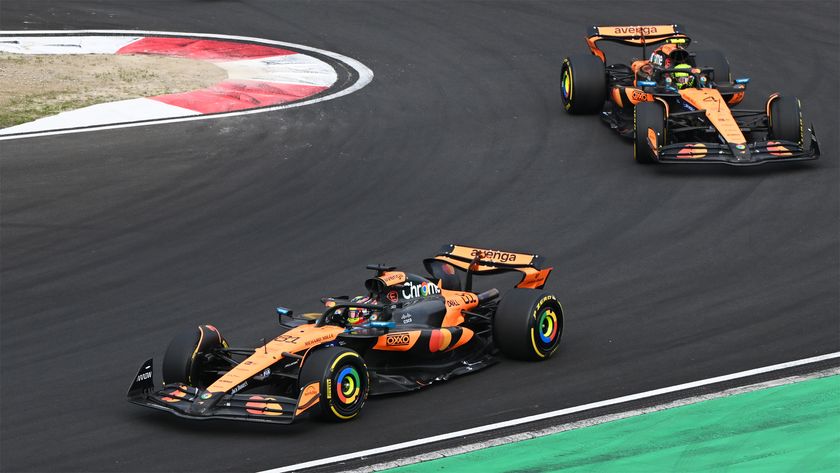
How to watch Japanese Grand Prix 2025: TV & live streams, schedule, start time, what channel is it on?

The Nintendo Switch 2 is backward compatible but a ton of original Switch games have 'start up' and 'compatibility' issues

Google Keep could get a fresh redesign soon – including two features that’ll make it much easier to use
